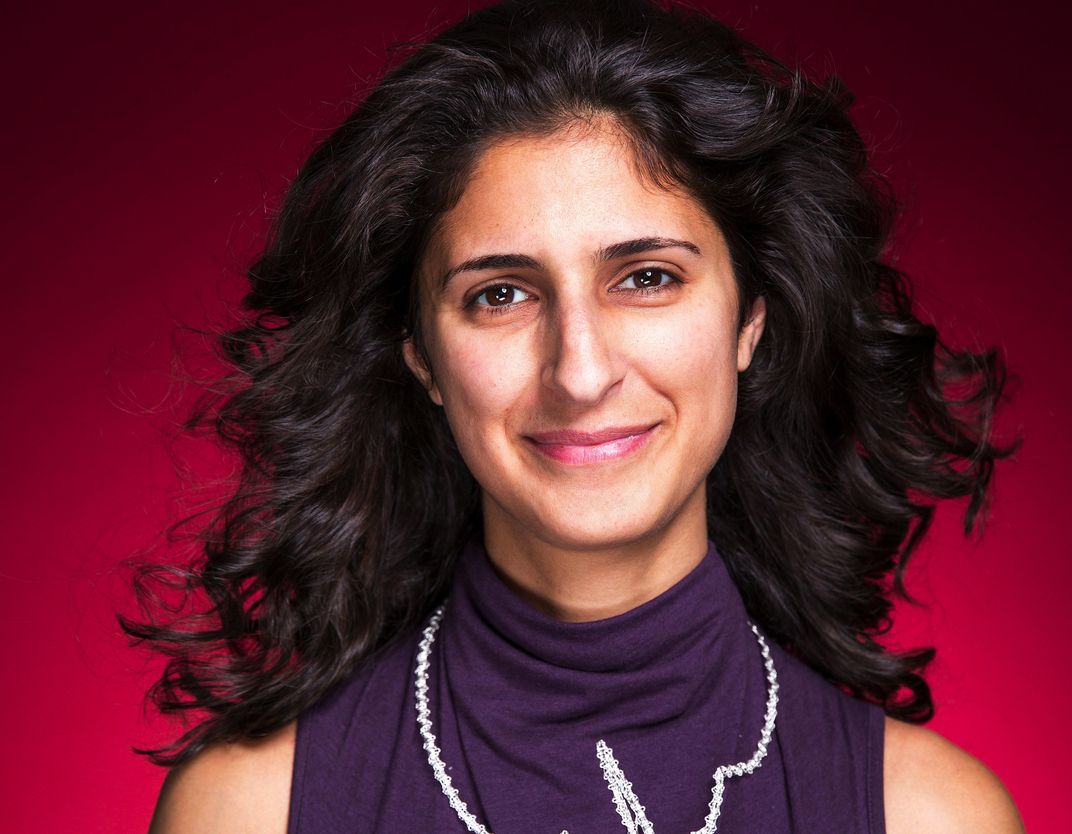We’re Not That Far From Being Able to Grow Human Bones in a Lab
The company EpiBone could be on the verge of a major breakthrough
/https://tf-cmsv2-smithsonianmag-media.s3.amazonaws.com/filer/fe/f7/fef7cad3-330b-4dd5-add9-6b16cc839d0c/42-46190242.jpg)
“Grow your own bone” might not sound like much of a business slogan, since even children do just that naturally. But EpiBone, a two-year-old company based in Harlem, New York, has adopted the slogan because it sees a big opportunity: Surgeons perform about a million bone grafts in the United States each year, either with the patient’s own bone tissue, necessitating two surgeries, or with synthetic or donated material, which a patient’s body sometimes rejects.
“People are living much, much longer and technology is getting much, much better,” says CEO Nina Tandon, who co-founded EpiBone. “And yet we’re still relying on implants made out of titanium. We’re still relying on painful double surgeries. We need to move things forward.”
Here’s how Tandon, a 35-year-old biomedical and electrical engineer, sees it working: A doctor uses a CT scanner to image the damaged section of bone and takes a small sample of fatty tissue. The scans and the sample are sent to EpiBone, which extracts stem cells—undifferentiated cells that can essentially be programmed to perform a wide array of functions. The cells are applied to a custom-cut scaffold of bovine bone that has been scrubbed of its living cells. EpiBone then places the construct into a specially designed bioreactor, about the size of a can of soda (each bone gets its own), with a “chamber” cast in the shape of a 3-D-printed bone model to ensure that the company’s proprietary growth “cocktail” passing through the chamber seeds the bone tissue uniformly. What emerges, a few weeks later, is a replacement part that not only fits the patient’s bone exactly but is made out of the patient’s own cells.

In the future, Tandon says, EpiBone’s technology could be used to treat anything from bone loss and broken femurs to complex facial fractures and genetic defects.
In March, EpiBone began a study that implanted newly grown cheekbones into 16 pigs at the Louisiana State University School of Veterinary Medicine. Tandon cautions that it will be some time before EpiBone, which has only three full-time employees now, is ready to move on to human beings. Still, early tests on bits of incubated bone have been encouraging, and plenty of venture capital has already poured in. “I think the science is ready, and just as important, the market is ready,” Tandon says. “People understand how much potential there is in engineering these kinds of living parts.”